Interglobe Aviation Ltd, the operator of domestic airline IndiGo on May 18 reported a second consecutive quarterly profit of INR 919 crore for the quarter ended March 31, 2023, as strong demand for air travel overshadowed high fuel prices. The biggest budget airline by market share had posted a net loss of INR 1,680 crore in the year-ago period.
However, the quarterly performance missed Street estimates, which had predicted a likely profit of INR 1,418 crore, according to an average estimate of five brokerages. IndiGo said the profits of the third and the fourth quarters largely compensated for the losses incurred in the first and the second quarters.
The March quarter profit came after it reported an 11-fold jump in profit for the October-December quarter. IndiGo last posted two consecutive profitable quarters in June 2019. Moreover, IndiGo's revenue from operations grew 76.5% to INR 14,161 crore from INR 8,020 crore in the same quarter last fiscal.
The carrier's EBITDAR (earnings before interest, tax, depreciation, amortisation and rent) recorded a massive 1,627% surge and jumped to INR 2,966.5 crore as against INR 171.8 crore YoY, while its margin increased manifold to 20.9% versus 2.1% (YoY). Passenger ticket revenues during the fourth quarter rose 81% to INR 12,435 crore, while ancillary revenues were INR 1,445 crore, showing an increase of 37% compared to the same period last year.
IndiGo's yields, a metric for profitability, rose 10.2% year-over-year to INR 4.85 per kilometre. The carrier's load factor, or the passenger carrying capacity being utilized, improved by 7.5 percentage points to 84.2%. Total expenses for the quarter ended March were at INR 13,680 crore, an increase of 38% over the same quarter last year. Average fuel prices increased by 23% leading to an increase in fuel CASK (cost per available seat kilometre) by nearly 17% to INR 1.85. Meanwhile, due to higher capacity, CASK (ex-fuel) dropped 21% to INR 2.53.
Operationally, the airline's capacity increased 49% to 30.4 billion during the March quarter, while passenger numbers jumped 60% to 23.4 million. The revenue per available seat kilometre (RASK), on the other hand, rose 18% to INR 4.68 during the March quarter. The company expects capacity in terms of ASKs to increase by around 5-7% QoQ in the first quarter of FY24. IndiGo had a total cash balance of INR 23,424 crore, comprising INR 12,195 crore of free cash and INR 11,229 crore of restricted cash, as of the March quarter.
Commenting on the results, Pieter Elbers, CEO, said, “The company-wide initiatives undertaken based on the three strategic pillars of reassure, create and develop enabled us to end the year on a strong note with record revenues. I would like to thank the 86 million customers for choosing to fly with us in the financial year ended March 2023 and the 6E employees for their immense hard work and dedication."
IndiGo's next phase of growth will involve "combining our solid Indian foundations with our international aspirations," Pieter Elbers told analysts in a call after the airline reported its second consecutive quarterly profit. IndiGo CEO Pieter Elbers said that with a combination of robust market demand and focused execution of its strategy, the March quarter was the second consecutive quarter wherein the airline produced strong operational and financial results.
IndiGo Dealing With Challenges
IndiGo has been grappling with high fuel costs and foreign exchange volatility, dragging it to losses in two of the last four quarters. However, the carrier has benefited from a strong post-pandemic recovery in domestic air travel in the world's third-largest aviation market.
Air travel has recovered strongly from the impact of COVID-19, although global supply chain disruptions continue to delay the delivery of aircraft and components, and the financial problems of some airlines have raised concerns about possible cost increases.
While IndiGo is also expected to benefit from the turmoil at smaller rival Go First, which filed for bankruptcy earlier this month, it also faces increased competition from new entrant Akasa Air and Tata Group, which took over Air India.
Go First has blamed engine maker Pratt & Whitney's engines for the grounding of about half its fleet and eventual bankruptcy. Pratt, part of Raytheon Technologies, said the claims were without evidence. Several of IndiGo's planes also have Pratt & Whitney engines and it had to ground over 35 aircraft due to a lack of spare engines, Elbers said, adding he did not expect the situation to worsen.
IndiGo serves 78 domestic and 26 international destinations. It has another 500 planes on order that have yet to be delivered, Elbers said. It was reported that it is also in talks on a new order of over 500 planes. As of March 2023, the airline had a fleet of 304 aircraft including 21 A320 CEOs, 162 A320 NEOs, 79 A321 NEOs, 39 ATRs, 2 A321 freighters and 1 B777 (damp lease); a net increase of 2 passenger aircraft during the quarter. IndiGo operated at a peak of 1,815 daily flights during the quarter including non-scheduled flights. It also does not expect a significant increase in lease expenses due to inflation or a rise in interest rates.
In FY24 IndiGo plans to add 40-50 aircraft and ramp up its network as it aims to handle 100 million passengers (as against 86 million in FY23). It is using its INR 12,000-crore cash balance to prepare for the future. This includes investment in new products and technologies, including a loyalty programme and freighters.
Shares of IndiGo on Thursday, May 18 closed 1.57% lower at INR 2,264 apiece on BSE.
Reason for Success and Next Phase of Growth
The management said that the forward bookings remain robust and the airline will expand further in Central and South Asia, along with the Middle East. The airline is also hiring 5,000 employees and aims to double its size by 2030. This comes at a time when the average daily air passenger traffic in the Indian civil aviation market touched 420,000 during the quarter, higher than the daily air passenger traffic in the pre-pandemic year of 2019, as per data from the civil aviation regulator Directorate General of Civil Aviation.
Speaking in a post-earnings conference call, Elbers said IndiGo is seeing robust demand for flying in the current quarter and yield is higher when compared to the year-ago period that saw capacity constraints in the domestic market.
"Due to the grounding of a competitor there is limited capacity in the domestic market at the moment," Elbers said. He added that it would be very premature to comment on the acquisition of any aircraft that may be available domestically in India, due to a competitor being grounded.
Elbers also said that he does not expect any more of IndiGo's planes to be grounded growing forward as all the new planes coming in were fitted with CFM International LEAP engines. "We continue to work on supply chain issues but are confident that growth will not be hampered by grounded planes," Elbers said.
Read next
Mergers and acquisitions are prevalent in the aviation industry as corporations attempt to simplify operations and acquire a competitive advantage. A potential merger between the country's two main airlines has lately received a lot of attention in South Korea. However, this ambitious project has run into difficulties in the West, where both the US government and the European antitrust commission have raised reservations.
Present Scenario
According to Politico, the Department of Justice is considering suing to block Korean Air's proposed acquisition of Asiana Airlines Inc., claiming it will impair competition on passenger and freight travel between South Korea and the United States. According to one of the sources, the Biden administration is worried that the merger will give one corporation too much influence over cargo transportation of critical items such as microchips, which might impair supply chain resiliency.
The Proposed Merger
The planned merger of Korean Air with Asiana Airlines would result in a formidable company that would become the world's seventh-largest airline. This strategic decision aims to capitalize on both airlines' strengths and synergies in order to increase competitiveness in the global aviation market. The united organization intends to provide passengers with a better travel experience while reducing operating costs by integrating its resources, fleet, and route networks.
The US Government's Lawsuit
According to recent media reports, the US government is considering filing a lawsuit to block the proposed merger. The main source of worry for US authorities is the possible reduction in competition, which might result in higher fares and less customer choice. The government is concerned that the combination would establish a dominant market player, reducing competition and perhaps hurting consumers.
Objections of the European Antitrust Body
In addition to the concerns expressed by the US government, the European Commission has voiced preliminary objections to the planned merger. The antitrust agency is concerned that the combination could result in less competition on certain routes, thereby raising costs and harming consumers. These criticisms underline the importance of thoroughly investigating the merger's possible implications for market dynamics.
Impact on the Airline Industry
The planned merger has spurred discussions within the airline industry regarding its potential consequences. Proponents say that the merger will improve operational efficiency, connectivity, and profitability for the amalgamated business. They think that by merging resources and adopting synergies, the amalgamated airline will be able to better resist competitive pressures and manage the ever-changing aviation industry.
Potential Merger Advantages
Despite the challenges and objections, there are possible benefits to the proposed merger. For starters, the amalgamated entity's combined resources and increased network may result in enhanced connectivity, allowing passengers to reach a larger range of places with more ease. Furthermore, the consolidation might result in simpler operations and cost savings, which could eventually translate into lower rates for travellers.
Criticisms and Reservations
While there may be some advantages, it is critical to address the issues and complaints raised by the proposed merger. One of the primary concerns is the potential loss of market competitiveness. Critics believe that the combination will result in fewer options for travelers as well as fewer incentives for the merged business to maintain competitive prices and service quality.
Considerations for Regulation
Given the significance of the proposed merger, it is critical to assess the regulatory environment. The role of antitrust and competition authorities in examining the possible impact on market dynamics, consumer welfare, and fair competition is critical. It is their job to guarantee that the planned consolidation does not result in anti-competitive behavior or harm consumer interests.
Prospects for the Future
The planned merger's future prospects remain unknown. The prospective action by the US government and the complaints of the European antitrust commission poses considerable hurdles for the airlines concerned. However, both sides may engage in talks, provide solutions, or make concessions to meet regulators' concerns.
Conclusion
The proposed merger of South Korea's two main airlines has run into opposition in the West, with the US government considering a lawsuit and the European Commission voicing preliminary concerns. While the combination has the potential to boost connection and operational efficiency, there are concerns about diminished competition and detrimental effects on staff and customers.
With Inputs from Korea Economic Daily
Read next
The merging of the Air Canada Pilots Association (ACPA) with the Air Line Pilots Association (ALPA) was a key move in the aviation sector recently. This historic merger follows the unanimous approval of Air Canada pilots earlier this month, opening the path for a single voice and greater representation for pilots across North America.
ACPA and ALPA: Background
The Air Canada Pilots Association (ACPA) and the Air Line Pilots Association (ALPA) have long been advocates for pilots' rights and interests. Since its inception in 1963, the ACPA has served as the voice of Air Canada pilots, working to improve pilot professionalism, safety, and job security. ALPA, which was founded in 1931, is the world's biggest pilot union, representing over 60,000 pilots and 40 pilot organisations throughout North America.
Current Situation
The Air Canada Pilots Association (ACPA) and the Air Line Pilots Association (ALPA) finalized their merger after an overwhelming decision by Air Canada pilots earlier this month. ALPA is the largest pilot union in the world, representing 40 pilot groups across North America.
Motives for the Merger
ACPA and ALPA decided to join due to their similar aims and interests. The two organisations hope to boost pilot representation, improve working conditions, and raise safety standards by pooling their resources, experience, and collective bargaining power. The merger also opens up the possibility of more collaboration and coordination among pilot groups, which will eventually benefit pilots, passengers, and the aviation industry as a whole.
The Voting Procedure and the Results
ACPA began the merger process by completing a detailed voting procedure among its members. The vote was accessible to all Air Canada pilots, allowing them to express their thoughts on the proposed merger. The response was extremely favorable, with a large majority of pilots supporting the merger. This strong mandate from the pilots reflects their support and conviction in the merger's potential advantages.
The Merger's Implications
The merging of ACPA and ALPA has a number of consequences for the pilot community and the aviation business. First and foremost, the merger increases pilots' collective negotiating power. A unified front enables employees to bargain more successfully with airline management on crucial issues including pay, working conditions, and safety standards. Furthermore, exchanging resources, information, and best practices between ACPA and ALPA can result in enhanced training programmes and greater safety measures.
Impact on the North American Aviation Industry
The merger of ACPA and ALPA has far-reaching consequences for the North American aviation sector. The combination has the ability to impact labor relations and industry standards by merging the resources and experience of ACPA and ALPA. The united association's single voice of pilots can lead to a more uniform and effective application of safety procedures, maintaining the greatest degree of safety for pilots and passengers alike. Furthermore, the merger may inspire other pilot unions and organisations to unite and work towards similar goals, resulting in a more unified and harmonious aviation sector.
Conclusion
Finally, the merging of the Air Canada Pilots Association (ACPA) with the Air Line Pilots Association (ALPA) is a watershed moment in the aviation sector. The strong support for the merger among Air Canada pilots demonstrates their belief in its potential benefits for their professional lives. ACPA and ALPA's combined strength, knowledge, and resources will result in a more powerful and effective pilot association, improving the representation and welfare of pilots across North America.
With Inputs from Reuters
Read next
Rolls-Royce, renowned for its engineering excellence in the aviation industry, recently concluded the first tests of its UltraFan technology demonstrator, commemorating a significant moment in time. This ground-breaking feat, located at the company's manufacturing facility in Derby, UK, represents a significant step forward in the development of more efficient and environmentally friendly aircraft engines.
Current Scenario
Rolls-Royce has announced the successful completion of the first testing of its UltraFan technology demonstrator at its Derby site. The initial tests were carried out with 100% Sustainable Aviation Fuel (SAF). This is a watershed moment for Rolls-Royce since it is the first time in 54 years that the aero-engine manufacturer has tested a brand-new engine architecture, demonstrating what can be accomplished when industry and governments collaborate.
"The UltraFan demonstrator is a game changer," said Tufan Erginbilgic, CEO of Rolls-Royce plc. "The technologies we are testing as part of this programme have the capability to improve today's engines as well as tomorrow's engines." That is why this development is so significant: we are watching history being made with a quantum leap in engine efficiency improvement. More efficient gas turbine engines, when paired with Sustainable Aviation Fuels, will be critical to meeting the industry's goal of Net Zero flying by 2050. Today, we are one step closer to realizing this goal." "Collaboration is critical in driving the decarbonization of air travel, and the UltraFan programme is an excellent example of what can be accomplished when government and industry work together on a shared objective."
The trials were conducted at Testbed 80, the world's largest and smartest indoor aero-engine testing facility. Air BP supplied the 100% SAF, which was obtained mostly from waste-based sustainable feedstocks such as discarded cooking oils. Testing the demonstration is the conclusion of several years of effort funded by the UK government through the Aerospace Technology Institute (ATI), Innovate UK, the EU's Clean Sky projects, LuFo, and the German state of Brandenburg.
The UltraFan idea was introduced publicly in 2014, after a decade of development. It contains a geared design that no other industry participant has built at this magnitude previously, making it fundamentally distinct from the nearly 4,200 Rolls-Royce Civil big engines now in operation. Demonstrating at this magnitude allows us to scale down as needed by our customers. It will also enable us to provide a portfolio of two-shaft, three-shaft, direct drive, and geared propulsion technologies to power future aircraft.
- A new, tried-and-true Advance3 core architecture amalgamates with our ALECSys lean burn combustion system to ensure maximum fuel burn efficiency and low emissions.
- Fan blades made of carbon titanium and a composite housing.
- A geared design that provides efficient power for future high-thrust, high bypass ratio engines. The power gearbox has achieved an aeronautical record of 64 MW.
Importance of Sustainable Aviation Fuel (SAF)
In light of its enormous environmental impact, the aviation sector has been under severe scrutiny in recent years. As a result, the use of Sustainable Aviation Fuel (SAF) has emerged as a possible approach. SAF is made from renewable feedstocks such as plant oils or waste materials and has a lower carbon footprint than regular jet fuels. Rolls-Royce displays its commitment to sustainability and the quest for cleaner aircraft by using 100% SAF in the testing phase of the UltraFan technology.
UltraFan Technology Demonstrator
Rolls-Royce's UltraFan technology signifies an unprecedented leap forward in aviation engine design. It asserts that it will significantly improve fuel efficiency, reduce emissions, and improve overall performance. The UltraFan features innovative technical principles such as a bigger diameter fan and a gearing system that allows the engine's fan and turbine to run at optimal speeds at different times. This revolutionary design improves efficiency and reduces noise levels, solving important concerns in the aviation sector.
Procedure for Testing
The UltraFan technology demonstration was tested at Rolls-Royce's Derby location in the United Kingdom. The initial tests were carried out using 100% Sustainable Aviation Fuel, demonstrating the company's dedication to environmentally friendly practices. Various performance metrics, including fuel efficiency, thrust production, and noise levels, were evaluated during the rigorous testing procedure. Rolls-Royce hopes to prove the UltraFan technology's capabilities and collect vital data for future enhancements by putting it through this extensive testing.
The Advantages of Using SAF in UltraFan
Using 100% Sustainable Aviation Fuel during the UltraFan testing phase has numerous notable advantages. For starters, it demonstrates SAF compatibility with existing aircraft engines, demonstrating that sustainable alternatives may be effortlessly incorporated into existing aviation infrastructure. Second, the usage of SAF contributes to lower net carbon emissions, which aids the industry's collaborative efforts to tackle climate change. Finally, by showing the UltraFan's performance with SAF, Rolls-Royce cements its position as a pioneer in sustainable aviation and encourages other industry players to follow suit.
Environmental Implications
The combination of UltraFan technology with 100% Sustainable Aviation Fuel marks a significant step towards lowering the aviation industry's environmental impact. The UltraFan's enhanced fuel economy can result in significant savings in carbon emissions, resulting in cleaner and greener air travel. The aviation sector can drastically reduce its dependency on fossil fuels and lower its environmental imprint by adopting Sustainable Aviation Fuel. The usage of SAF in the UltraFan technology demonstrator demonstrates a commitment to environmentally friendly practices and sets a good example for the whole industry.
Implications for the Future
The successful testing of UltraFan technology with 100% Sustainable Aviation Fuel opens up a world of possibilities for aviation's future. As environmental concerns develop, the necessity for more sustainable and efficient aircraft engines becomes increasingly crucial. The UltraFan's improvements in fuel efficiency, emission reduction, and performance open the path for a more environmentally friendly and sustainable aviation sector.
Conclusion
The successful completion of the first tests of Rolls-Royce's UltraFan technology demonstrator utilising 100% Sustainable Aviation Fuel represents an important step forward in the goal of a greener aviation sector. The UltraFan is a game-changing development in aviation engine design, giving increased fuel efficiency, lower emissions, and improved performance.
With Inputs from Rolls Royce
Read next
Aviation industry veteran Sanjiv Kapoor, who stepped down as the CEO-Designate of Jet Airways last month, has joined Saudia Group. Formerly known as Saudi Arabian Airlines, Saudia is the national carrier of Saudi Arabia. The Jeddah-based carrier was formerly known as Saudi Arabian Airlines. It has a fleet size of around 150 aircraft; roughly the same size as a combined Air Indian and Vistara.
"I am thrilled to share that I have joined the Saudia Group as Advisor to His Excellency Ibrahim Al-Omar, Director General of the Group," he said in a tweet on Wednesday. Kapoor was associated with several airlines, including SpiceJet, Vistara and Go First, in various capacities. He had also briefly worked with the luxury hotel chain Oberoi Hotels & Resorts as president.
Reason Behind Leaving Jet Airways
Kapoor was appointed CEO-designate of Jet Airways by the Kalrock Jalan Consortium that won the bid to run the airline after two years of insolvency proceedings at India’s bankruptcy court. The consortium is yet to take possession of the airline; no creditor has repaid its stipulated dues yet, and there isn’t any sign of the airline’s revival. With the resurrection held up in the courts, Kapoor left the Jet at the end of April, a year after joining it. The airline’s air operator permit is due to get exhausted later this week.
While JKC planned to start commercial operations starting with the sale of tickets in early November 2022, reluctance by the airline’s creditors to hand over the ownership of the airline to the winning bidder led to an impasse that stretched over several months.
Commenting on his resignation, Kapoor had said, "I am proud to have been part of a fantastic team that came together with JKC to create history by reviving an airline for the first time in India. It is not an ordinary airline we set out to revive – it is Jet Airways was one of the most loved airlines in India for the last 25 years it operated before ceasing operations in 2019. I am proud of the ground-breaking business plan we put together and the progress we made though regrettably, the restart of operations could not happen as planned in 2022."
In a LinkedIn post, Kapoor said that aviation will play a key role in Saudia Arabia's Vision 2030, which aims to attract 100 million visitors to the leading Gulf nation."One of the three pillars of Saudia Arabia's Vision 2030 is transforming its advantaged strategic location into a global hub connecting three continents, Asia, Europe, and Africa, while simultaneously attracting 100M annual visitors to the Kingdom," he said. He added that aviation will play a key role and the role and transformation of the Saudi flag carrier Saudia and the creation of Riyadh Air are key parts of the strategy.
Saudia's Expansion Plans
Kapoor joins it at a time when the airline, out of its Covid woes, has major expansion plans in line with the nation’s ambitions of infrastructure expansion. In March this year, Saudia said it would buy 39 wide-bodied 787 Dreamliner planes from Boeing, while its peer new national carrier Riyadh Air which is currently being set up, ordered the same number. On March 21, Saudia declared that it is working to add 25 new destinations in 2023.
Kapoor’s appointment is in line with the mega expansion plan of the two Gulf carriers. Former Etihad top boss and aviation veteran Tony Douglas was appointed CEO of Riyadh Air earlier in the year. The airline which is to be launched in about two years has been on a hiring spree with a promise to hire 200,000.
Read next
Singapore Airlines Group on Tuesday, May 16 reported its highest-ever net profit and outlined various strategic initiatives, including the proposed merger of Vistara with Air India to boost the Singaporean carrier's presence in the Indian market. Vistara is a joint venture between Singapore Airlines and Tata Group, which holds a 51% stake. The process to merge Vistara with Air India is underway.
Singapore Airlines (SIA) Group posted a record net profit of SGD 2,157 million for FY2022-23. In the year-ago period, it had a net loss of SGD 962 million. "This was mainly driven by better operating performance (+SGD 3,302 million) and lower net finance charges (+SGD 338 million), and partially offset by a tax expense versus a tax credit last year (around SGD 615 million)," the airline group said in a release.
Despite the Covid pandemic, the group said it remained committed to its longstanding strategy of buying and operating new-generation aircraft. Among other efforts, the group did the retrofit of its Airbus A380 and Boeing 737-8 aircraft and placed an order for the all-new Airbus A350F freighters.
"To prepare for the future, several strategic initiatives were undertaken, including the continued expansion of its network through deeper collaboration with like-minded airlines, the proposed merger of Air India and Vistara to bolster SIA's presence in the fast-growing Indian aviation market, as well as Scoot's decision to lease nine Embraer E190-E2 aircraft and expand its footprint to secondary points in the region," the release said.
India is the world's third-largest market as well as one of the fastest-growing aviation markets. On November 29 last year, Tata Group announced the merger of Vistara with Air India under a deal wherein Singapore Airlines will also acquire a 25.1% stake in Air India. Tata Group has four airlines -- Air India, Air India Express, Vistara and AIX Connect. AIX Connect, earlier known as AirAsia India, is set to be merged with Air India Express.
Factors For Airline's High Profit
According to SIA Group, geopolitical and macroeconomic uncertainties as well as high-cost inflation could pose challenges for the airline industry in the months ahead. "Even though fuel prices have moderated in recent months, they remain at elevated levels. As competition is expected to increase with more capacity being injected on international routes, the Group will monitor developments closely, and be agile and nimble in its response," it added.
Group passenger capacity reached 79% of pre-Covid1 levels in March 2023, higher than the 58% level for international scheduled services of Asia-Pacific airlines. SIA and Scoot collectively carried 26.5 million passengers, up six times from a year before. The passenger load factor (PLF) jumped 55.3 percentage points to 85.4%, the highest in the Group’s history. SIA achieved a record PLF of 85.8%, while Scoot delivered a PLF of 83.9%.
The group recently reached an agreement with Boeing to adjust its aircraft order book. This includes swapping three 787-9s for three 787-10s and cancelling eight 737-8s. These adjustments are in line with the group’s long-term fleet renewal strategy and support its projected operational requirements. Following these adjustments, the group currently has 100 aircraft in its order book. After taking deliveries of one Airbus A350-900 in March and a Boeing 787-10 in April, the airline group currently has over 195 aircraft in its operating fleet. More is to come as one Boeing 787-8 and eight -10s are expected to arrive this financial year, alongside one Boeing 737 MAX 8 and two Embraer E190-E2s.
The demand for air travel remains robust in the first quarter of FY2023/24, underpinned by the recovery in air travel in East Asia. Forward sales remain healthy across all cabin classes, led by a strong pick-up in bookings to China, Japan, and South Korea. The group will monitor the demand for air travel, and adjust its capacity accordingly.
Near-term cargo demand is expected to remain soft as the industry navigates headwinds from the macroeconomic environment, and as inventory levels recalibrate to post-COVID conditions. Inflation and weak economic conditions will impact consumer demand and trade. Increased belly hold capacity amid softer demand continues to exert downward pressure on cargo yields, particularly on key trade lanes.
Geopolitical and macroeconomic uncertainties, as well as high-cost inflation, could pose challenges for the airline industry in the months ahead. Even though fuel prices have moderated in recent months, they remain at elevated levels. As competition is expected to increase with more capacity being injected on international routes, the group will monitor developments closely, and be agile and nimble in its response.
In November 2022, Singapore Airlines and Tata Group announced a merger between Air India and Vistara, with Singapore Airlines holding 25.1% of the merged entity. The merger is expected to be completed by March 2024. SIA will invest INR 2,059 crore in Air India. Air India recently placed a mega order for 470 aircraft with Boeing and Airbus as it plans to become a dominant player globally.
About Singapore Airlines
Singapore Airlines is the flag carrier of the Republic of Singapore with its hub located at Singapore Changi Airport. The airline is notable for highlighting the Singapore Girl as its central figure in the corporate branding segment. Ranked as a 5-star airline by Skytrax for the last three decades, It has also been ranked as the world's best airline four times.
Singapore Airlines Group has more than 20 subsidiaries, including numerous airline-related subsidiaries. SIA Engineering Company handles maintenance, repair and overall (MRO) business across nine countries with a portfolio of 27 joint ventures including with Boeing and Rolls-Royce. Singapore Airlines Cargo operates SIA's freighter fleet and manages the cargo-hold capacity in SIA's passenger aircraft. Scoot, a wholly owned subsidiary operates as a low-cost carrier.
Singapore Airlines was the first to put the Airbus A380—the world's largest passenger aircraft—as well as the Boeing 787-10 into service and is the only operator of the ultra-long-range (ULR) version of the Airbus A350–900. It ranks amongst the top 15 carriers worldwide in terms of revenue passenger kilometres and is ranked tenth in the world for international passengers carried. Singapore Airlines was voted as the Skytrax World's Best Airline Cabin Crew 2019.

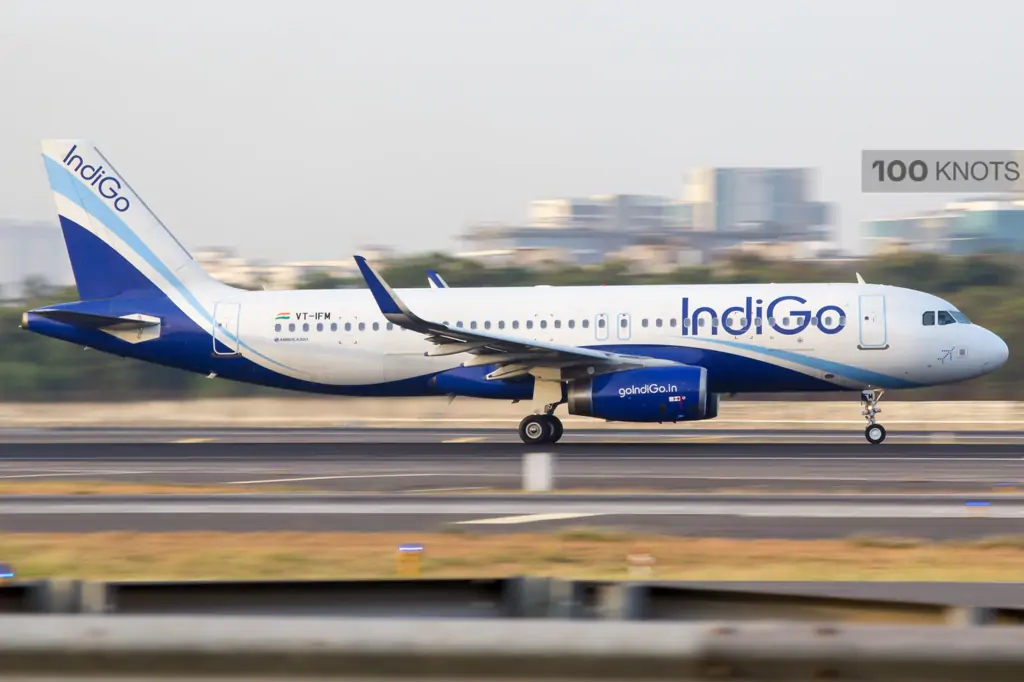

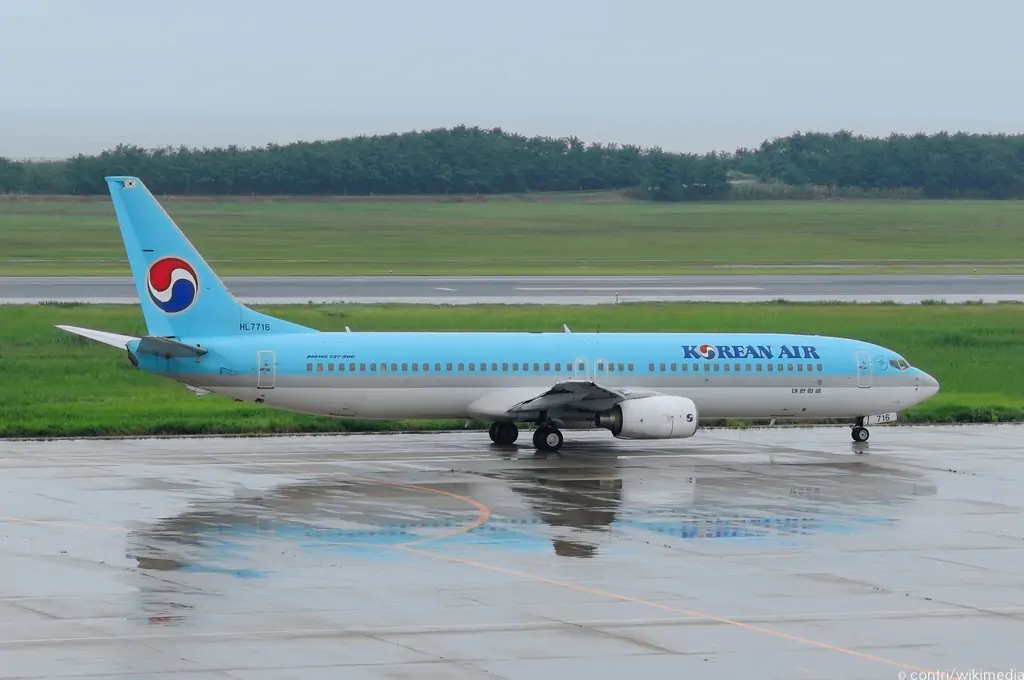
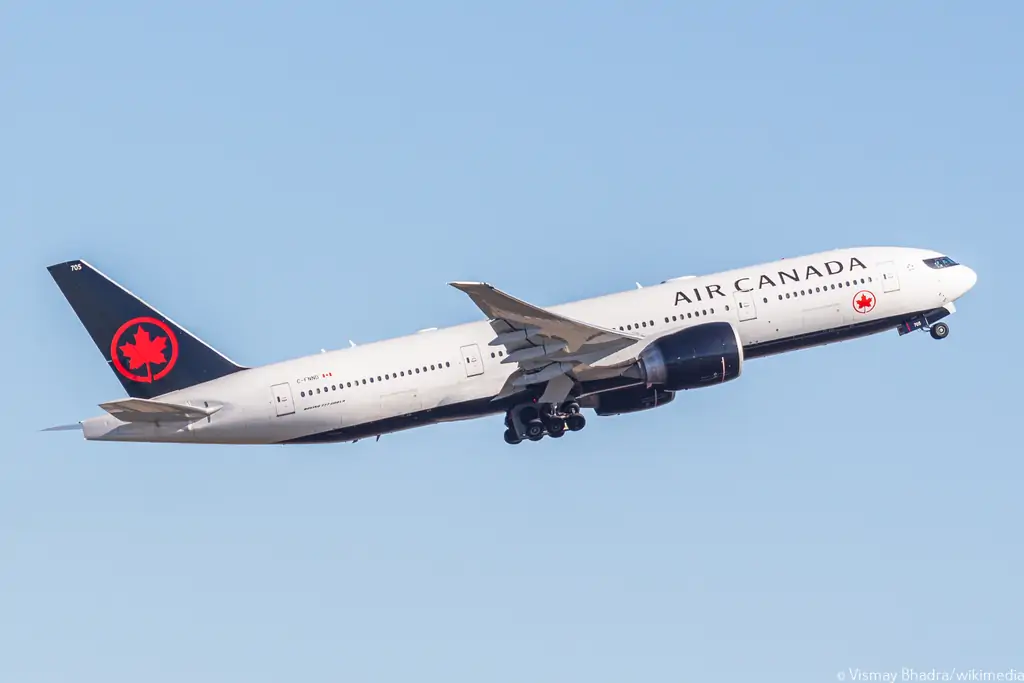
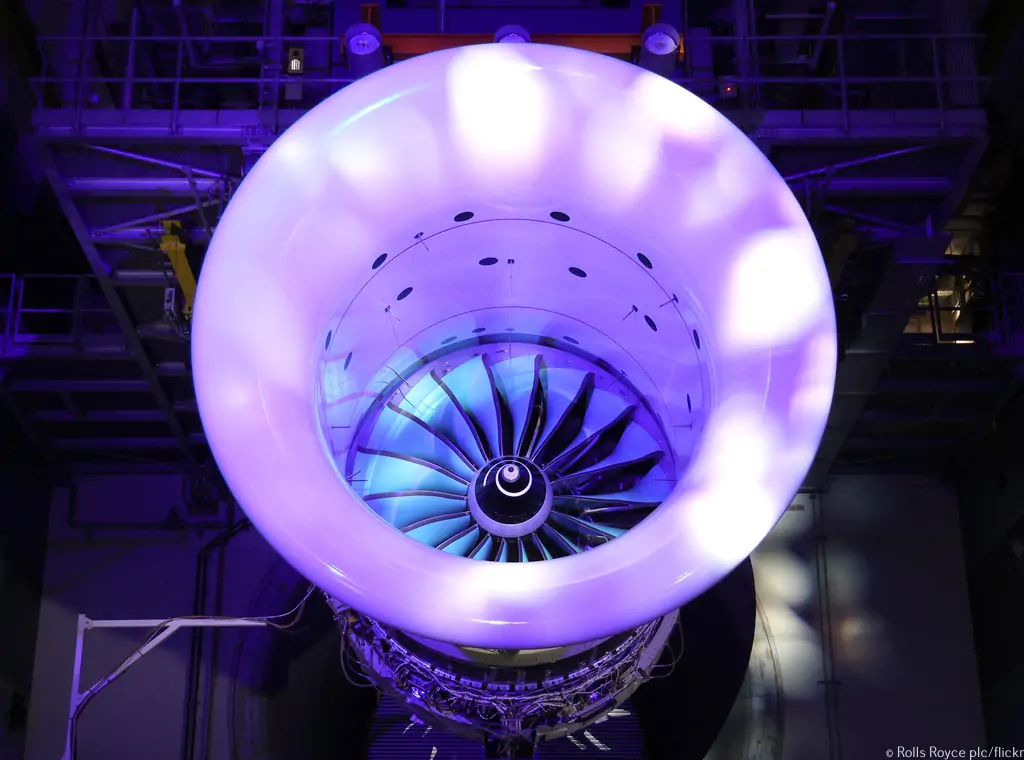

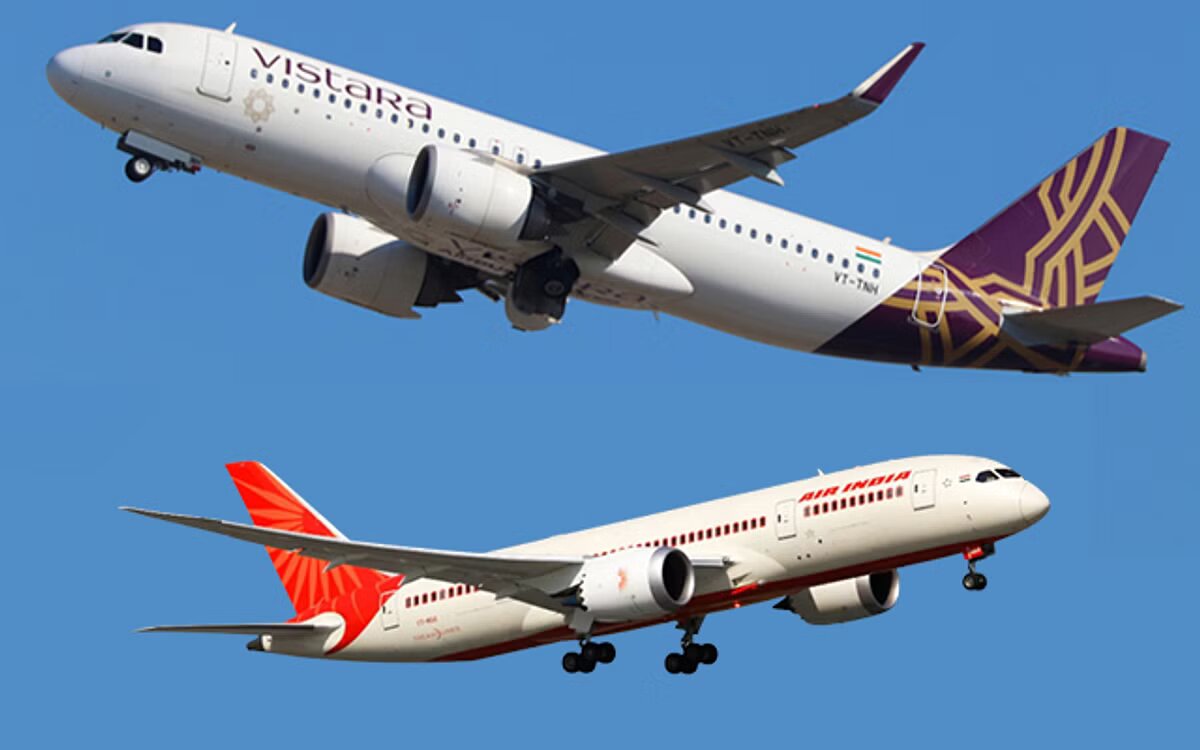
Comment